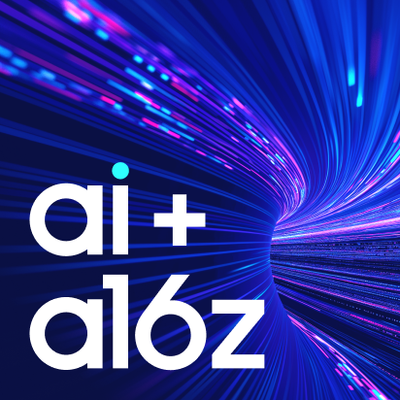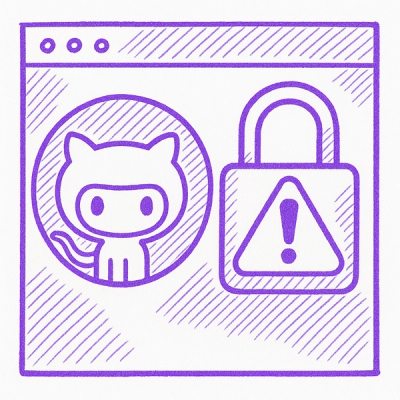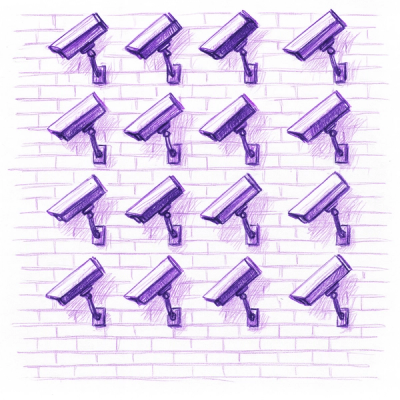




AnyChart Data Visualization Framework
AnyChart is a flexible JavaScript (HTML5, SVG, VML) charting framework that fits any solution in need of data visualization.
Table of Contents
Download and install
There are several ways to download/install AnyChart.
Direct download
All binaries are located in dist folder.
CDN
If you don't want to download and host AnyChart yourself, you can include it from the AnyChart CDN (Content Delivery Network): https://www.anychart.com/download/cdn
<head>
<script src="https://cdn.anychart.com/releases/v8/js/anychart-base.min.js"></script>
</head>
Package managers
You can install AnyChart using npm, bower or yarn:
npm install anychartbower install anychartyarn add anychart
Getting started
The fastest way to start with AnyChart is to include framework into a webpage and write some code. Look at this simple HTML snippet below:
<!doctype html>
<body>
<div id="container" style="width: 500px; height: 400px;"></div>
<script src="https://cdn.anychart.com/releases/v8/js/anychart-base.min.js" type="text/javascript"></script>
<script>
anychart.onDocumentReady(function() {
var chart = anychart.pie([
["Chocolate", 5],
["Rhubarb compote", 2],
["Crêpe Suzette", 2],
["American blueberry", 2],
["Buttermilk", 1]
]);
chart.title("Top 5 pancake fillings");
chart.container("container");
chart.draw();
});
</script>
</body>
</html>
Step by step quick start guides
Plugins
AnyChart provides wide variety of plugins for different kind of technologies, which includes:
Using AnyChart with TypeScript
You can use AnyChart in your TypeScript projects - we have definition file for our library which you can find in distribution folder.
Please, take a look at webpack and typescript integration example for more details.
Using AnyChart with ECMAScript 6
You can use AnyChart in your ECMAScript 6 projects over two ways:
Plain ECMAScript 6
To add AnyChart on a page use <script> section with type="module" attribute.
<script type="module">
import '_localpath_to_anychart/anychart-bundle.min.js'
// regular AnyChart code here
</script>
For more details, take a look at AnyChart ES6 example.
Bundling tools and Module Loaders
You can use AnyChart with any bundling tool or module loader such as WebPack, Browserify, Require.js and others.
For more details, take a look at AnyChart Webpack example.
Technical Integrations
AnyChart can run on any platform and with any database. These samples were created to demonstrate how AnyChart can be easily integrated into your environment.
All examples are distributed under an Apache 2.0 License and can be customized to your application. If you are interested in a particular integration not listed here, please contact us.
| ASP.NET, C# and MySQL | ASP.NET, VB.NET and MySQL | ASP.NET, C#, SignalR and MySQL |
| Go, Revel and MySQL | Go and MySQL | Java Servlets, Maven, JDBC, JSP and MySQL |
| NodeJS and MongoDB using socket.io | Java Spring, Maven, Hibernate and MySQL | Julia and MySQL |
| NodeJS Express, Jade and MongoDB | PHP, Symfony and MySQL | PHP, Laravel and MySQL |
| PHP, Slim and MySQL | Perl, Catalyst Web Framework and MySQL | Python, Flask and MySQL |
| Python, Django and MySQL | R, Shiny and MySQL | Ruby, Sinatra and MySQL |
| Ruby on Rails and MySQL | Scala, Akka and MySQL | Scala, Play and MySQL |
Contribution guide
To contribute to AnyChart project please:
- Fork AnyChart repository.
- Create a branch from the
develop branch.
- Make any changes you want to contribute.
- Create a pull request against the
develop branch.
GitHub documentation: Forking repositories.
GitHub documentation: Collaborating using pull requests.
Please, note:
- AnyChart bears no responsibility for the code written by third-party developers until pull request is accepted.
- After pull request is accepted the author of pull request sign over all rights to the code to AnyChart.
Build and debug
Dependencies
AnyChart uses several third-party libraries and tools to work with JavaScript and CSS.
Building options
build.py python script is used to work with AnyChart project. You need to install python to use it.
To see all available options of the build script use -h or --help command:
./build.py -h.
To see command options use:
./build.py <command_name> -h
To install all dependencies use the deps command:
./build.py deps.
After running this command you can compile the project using the compile command:
./build.py compile
This compiles production version of anychart-bundle and all modules and puts them into the out folder. You can read more about modules in our Modules article.
To create a dev build for the debug purposes use -d or --develop option:
./build.py compile -d
The -df option generates property renaming report, variable renaming report, and source map location mapping files:
./build.py compile -df
Source map maps minified code to source code. Read more about using source maps in Chrome or source maps in Firefox.
Module system
AnyChart since v8.0.0 is structured as a modules, so you can use only what you need. Please look at our article Modules to start working with modules.
Package directory
├── css
│ ├── anychart.less
│ ...
├── dist
│ ├── json-schema.json
│ ├── xml-schema.xsd
│ ...
├── src
│ ├── charts
│ ├── core
│ ├── modules
│ ├── themes
│ ...
│ README.md
│ LICENSE
│ ...
css
The css folder contains .less CSS files that are compiled into one .css file.
src
The src folder contains AnyChart source code files organized according to the project structure. For example:
charts subfolder contains chart classescore subfolder contains core classesmodules subfolder contains modulesthemes contains themes
dist
The dist folder contains binaries and JSON/XML Schemas.
Contacts
Links

License
© AnyChart.com - JavaScript charts. All rights reserved.










